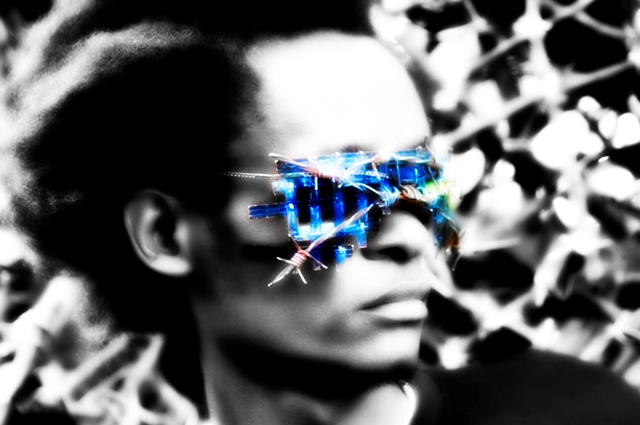BULLA is a platform that promotes free creation and seeks to vindicate the role of artists who exercise cultural leadership aimed at transforming their communities. It is also a collaborative movement focused on defending artistic expression and promoting its recognition as a fundamental human right in the construction of free, plural, and democratic societies. It is a space to unleash the power of art and music in defending human rights and in empowering solutions to the social issues of their communities. BULLA is a a project from Fundación Cartel Urbano focused on the defense of artistic freedom in Latin America.
"The State of Artistic Freedom in Latin America 2020-2022," a comprehensive inquiry undertaken by the platform "BULLA," an initiative of Fundación Cartel Urbano dedicated to safeguarding artistic freedom in Latin America, represents an endeavor poised to illuminate the multifaceted challenges confronting artists within the region. Positioned at the nexus of socio-political discourse, this report meticulously scrutinizes the manifold threats posed to artistic expression by an array of actors, including state entities, drug trafficking organizations, and organized crime syndicates.
Within the pages of this seminal work, the intricate tapestry of artistic freedom unfolds against the backdrop of a tumultuous epoch, primarily spanning the years 2020 to 2022. However, cognizant of the imperative to contextualize contemporary phenomena within historical trajectories, the report judiciously incorporates pertinent antecedents to furnish a nuanced understanding of the evolving threats besetting artistic communities across Latin America.
Central to its analytical framework are three pivotal axes of inquiry, each elucidating distinct facets of the state of artistic expression in the region:
1. Radicalization of dictatorships: This axis interrogates the entrenchment of authoritarian regimes in locales such as Cuba, Venezuela, and Nicaragua, elucidating the pernicious encroachment upon artistic liberties within autocratic enclaves. Through meticulous documentation and analysis, the report unveils the insidious mechanisms by which dictatorial regimes curtail artistic agency, impinging upon the foundational rights of creative practitioners.
2. Harassment and censorship in democracies: Despite the ostensibly democratic ethos espoused by certain polities, artists often find themselves ensnared within a web of coercion and censorship. This axis probes the subtle yet pernicious manifestations of state-sponsored harassment and censorship, underscoring the precariousness of artistic freedom within ostensibly liberal democracies.
3. The impact of drug trafficking and organized crime: Against the backdrop of pervasive violence and criminality, artists confront an existential threat posed by drug trafficking organizations and organized crime syndicates. Through meticulous inquiry, the report delineates the deleterious impact of criminal elements upon artistic expression, unraveling the complex interplay between violence and creativity within Latin American societies.
Moreover, the report undertakes a comprehensive examination of two emblematic case studies: Cuba and Colombia. By juxtaposing these disparate political realities, the report endeavors to elucidate the variegated manifestations of artistic repression within divergent socio-political contexts.
As proponents of artistic freedom, we underscore the profound significance of this undertaking. The report serves as a clarion call for concerted action, galvanizing stakeholders across academia, civil society, and policymaking spheres to safeguard the fundamental liberties underpinning artistic expression within Latin America. Through its analysis and advocacy, this report emerges as a resource in the ongoing struggle to preserve and fortify artistic freedom across the region.









